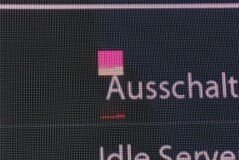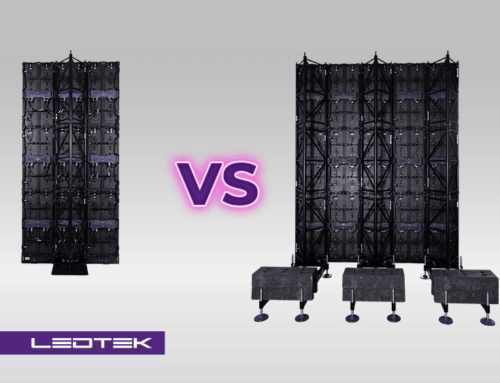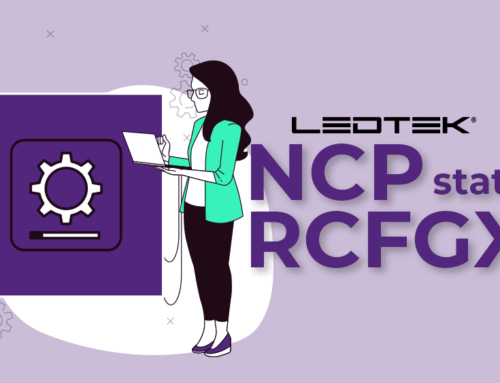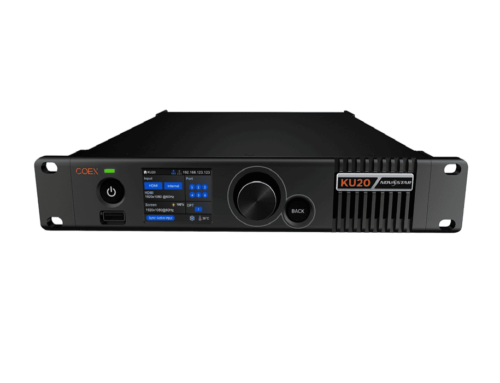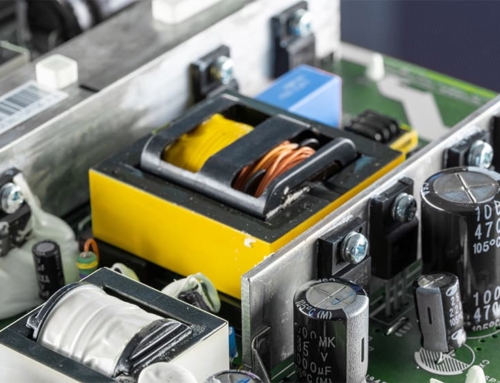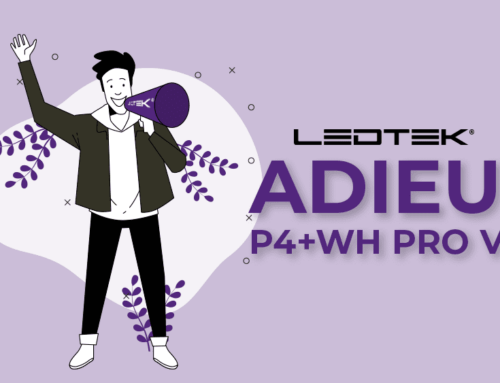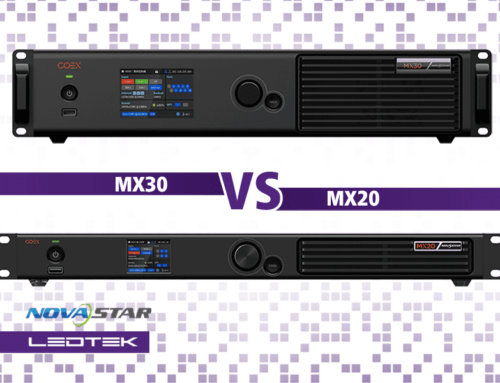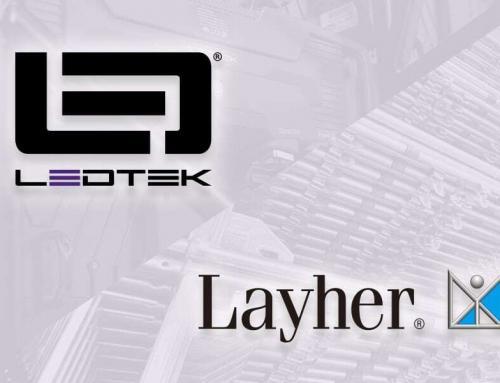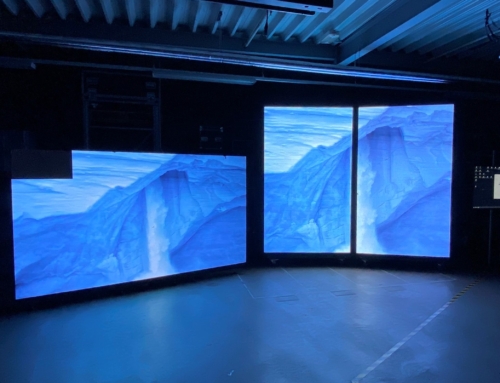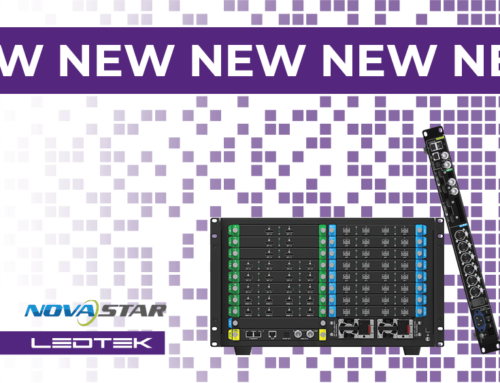Recently, on 20 July, Germany had the hottest day of the summer so far. In some regions, the temperature rose above 40°C, here in Göttingen we had 38.9°C after all. A challenge not only for all humans and animals, but also or one or the other piece of technology. No surprise that we were asked frequently recently what to do with an LED wall during the heat.
The egg on the LED cabinet
First of all: we have not yet received any complaints that a wall has had problems due to high outside temperatures. Nonetheless, the recent heat wave was the perfect occasion for us to check if our outdoor walls would not eventually overheat – and how much heat they actually withstand. For this purpose, we decided to go with two measuring devices: the egg on the LED cabinet on the one hand, and the thermometer on the other hand. The P4+WH Pro spent five hours operating by full brightness in the sun. The thermometer showed that the LED wall in the end reached its highest temperature of 76°C. This is of course warm, but not a problem for the Pro. The cabinet did not display any errors or damages caused by the heat. Instead, it ran in its brightest setting over several hours without any problems.

Our experiment shows: the P4+WH Pro is very much suitable for the use on very hot days. However, we cannot recommend it as a frying pan.
What to do in the case of heat damage
Any kind of technology gets problems above a certain temperature. This temperature is at around 80°C. But how do you identify heat damage after all? In our experience, too much heat can cause the ICs installed on the wall to vibrate. This results in faulty squares in the display as seen in the photos.
The big crux of the matter is this: the more the sun is shining, the brighter it gets outside and the higher does the temperature outside get. To still grant a good image the logical reaction would be to increase the brightness of the LED wall. The consequence, however, would be that also the temperature of the wall increases – and this results in a vicious circle.
Should you ever worry that your outdoor wall could suffer from the extreme heat, then the first step would be to reduce the brightness or switch of the wall entirely. Nonetheless, it is not necessary to cover the wall with e.g. rescue blankets.
Even though we have not yet received any feedback regarding such failure due to heat, we would still advise against the long-term, permanent use in extreme heat. The same goes for cold. Our outdoor walls are of course designed for use in a wide range of weather conditions, but even they can theoretically be pushed to their limits.
Don’t hesitate to contact us if you have further questions regarding our LED technology. You can give us a call at +49 551 492 493 44 or send an email to vertrieb@ledtek.de.


